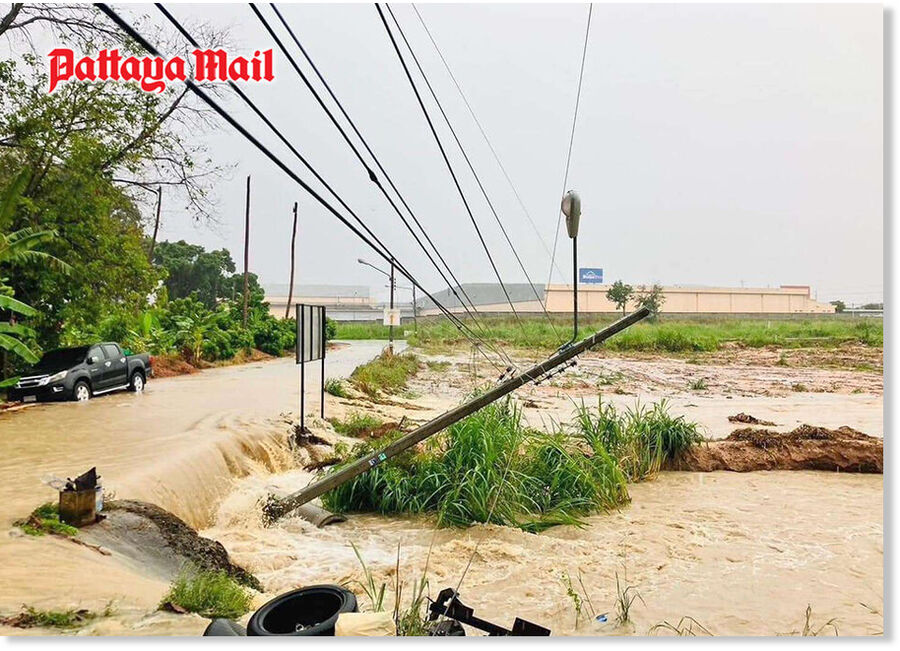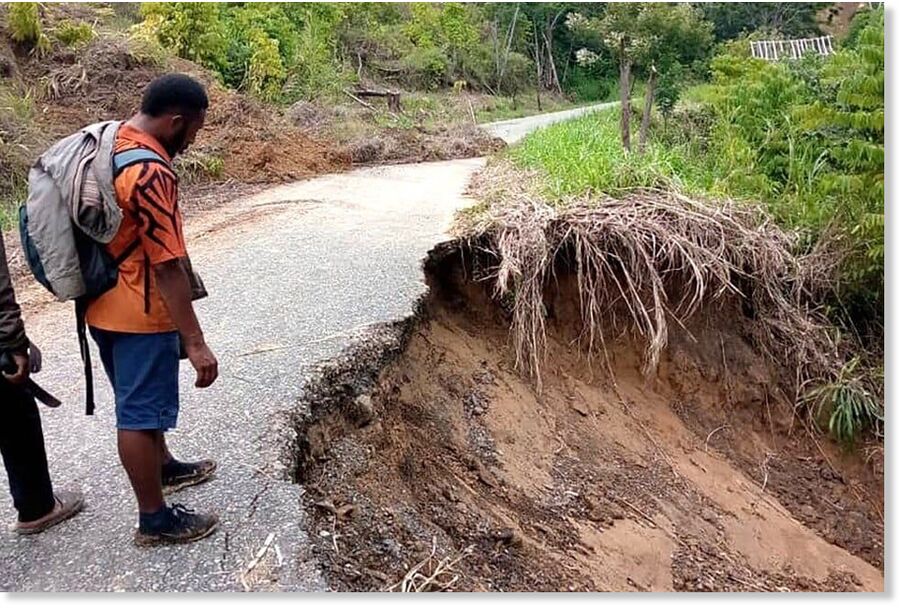Earlier this month, atmospheric scientists noticed
something unusual in the Arctic stratosphere. The polar vortex was spinning backward."The vortex changed direction around March 4th," reports Dr. Amy Butler, author of NOAA's
Polar Vortex Blog. "It was a substantial reversal, reaching -20.5 m/s a few days ago, which puts it in the top 6 strongest such events since 1979."

© NOAA Climate Gov Data: Waugh et al 2017
Two weeks later, it is still spinning backwards. What's going on?
"Atmospheric
planetary waves have been breaking in the polar stratosphere, increasing its temperature," says Butler. "We call this a '
Sudden Stratospheric Warming' event, and it can cause the vortex to change direction.'"
In recent years, many people have heard the phrase "polar vortex" because of the effect it can have on winter weather. When the polar vortex is strong and stable, it helps confine cold air to polar regions. When the vortex weakens or becomes disturbed, cold air spills out to lower latitudes.


Comment: Durkin's previous film on the subject: The Great Global Warming Swindle
See also: